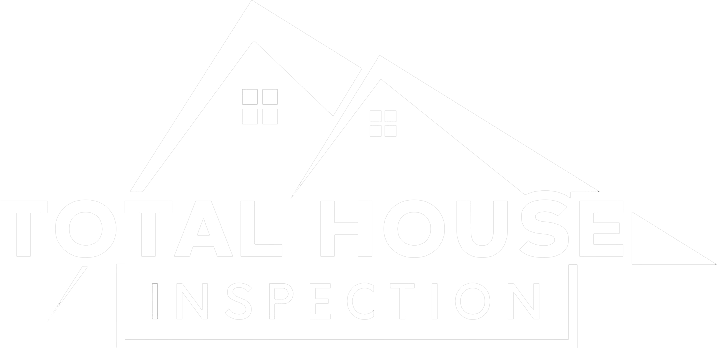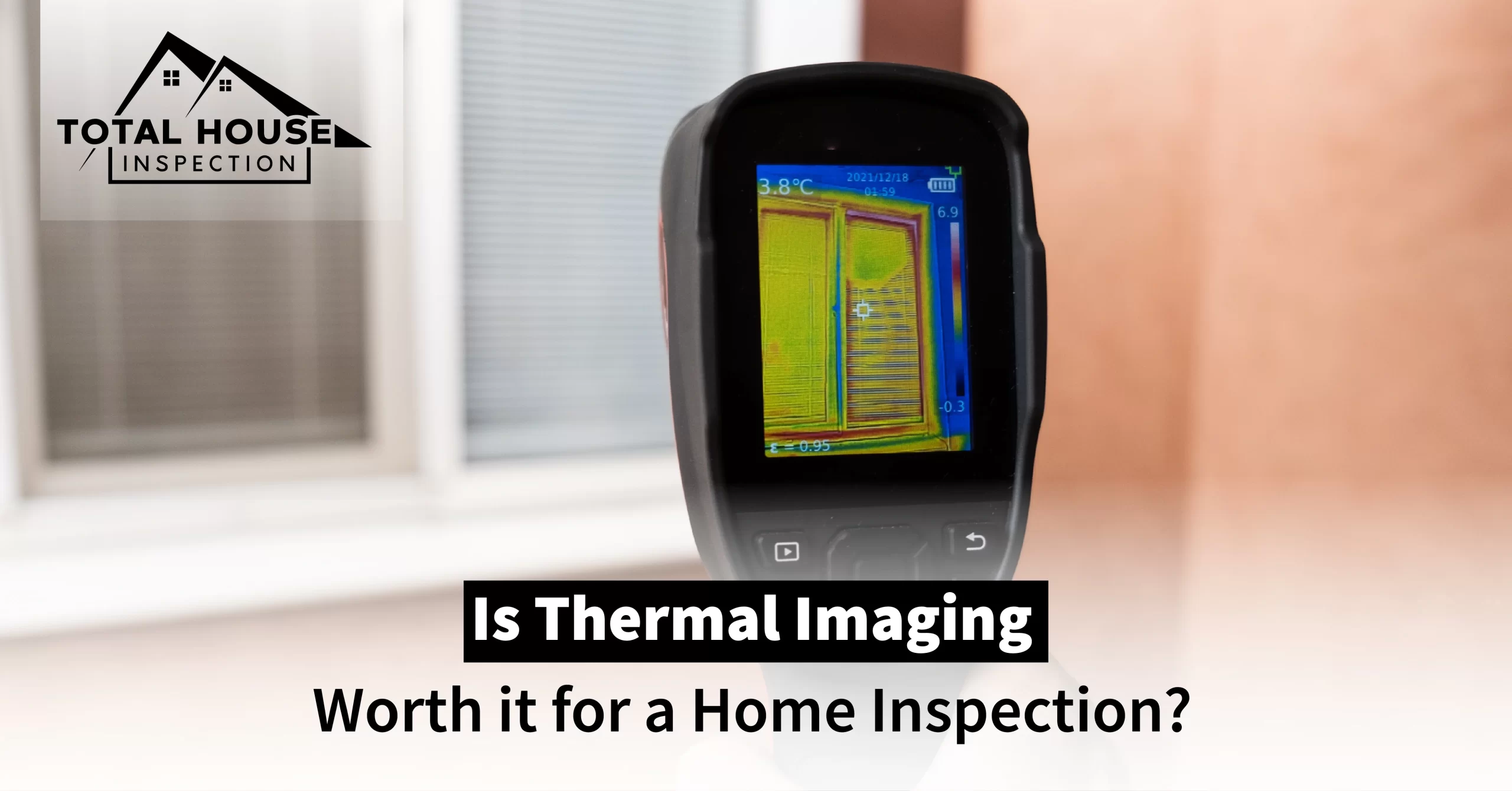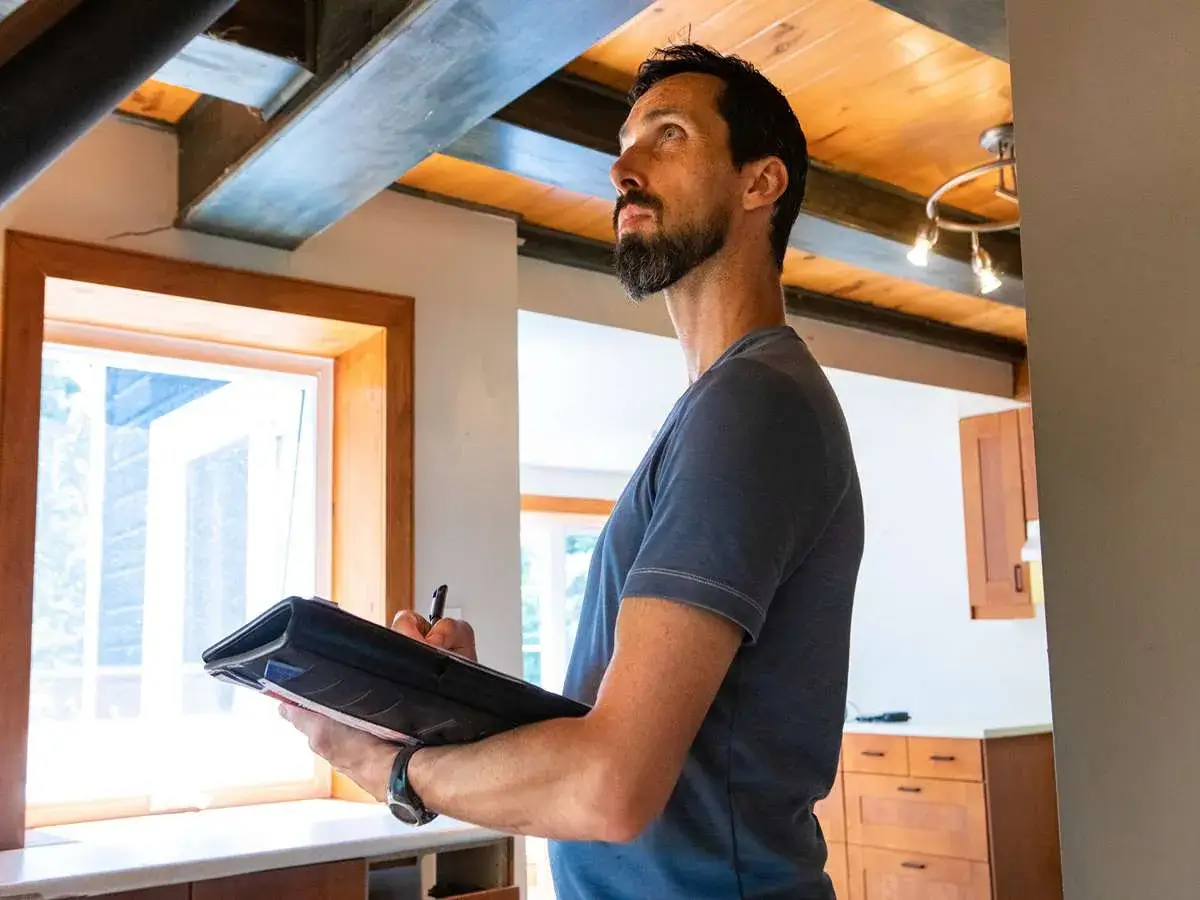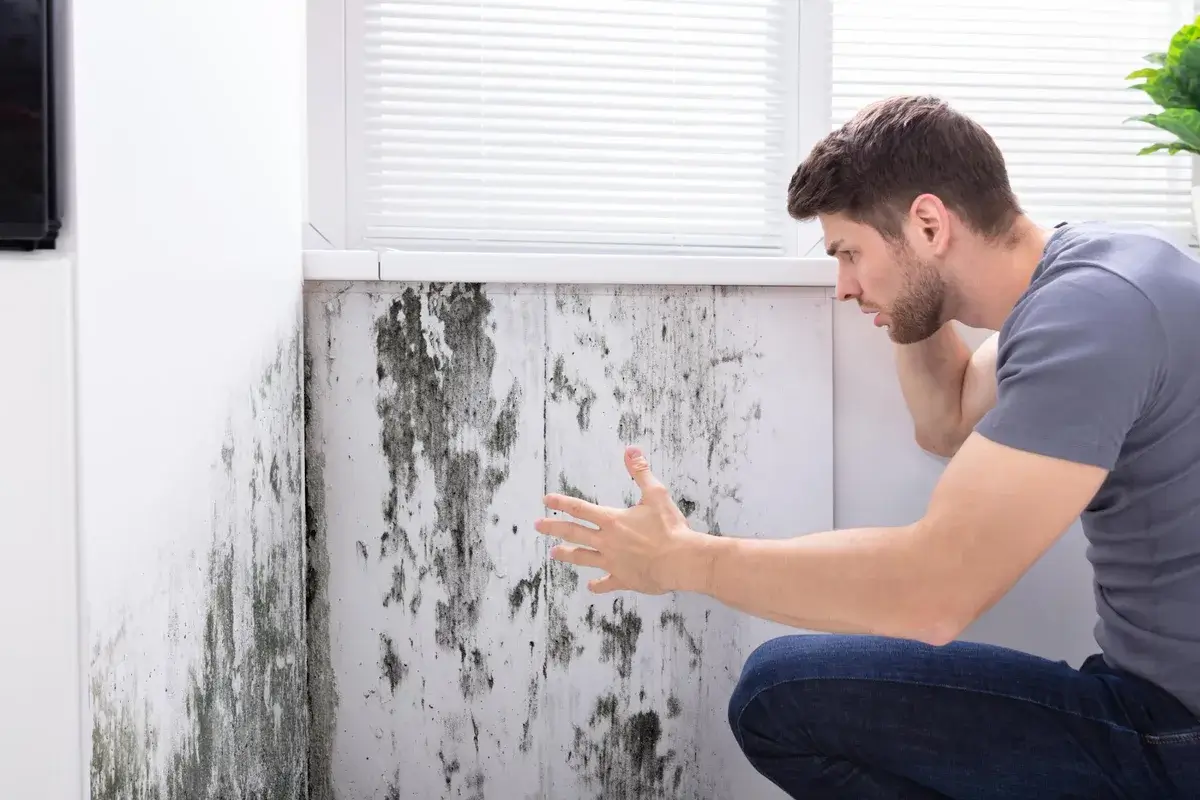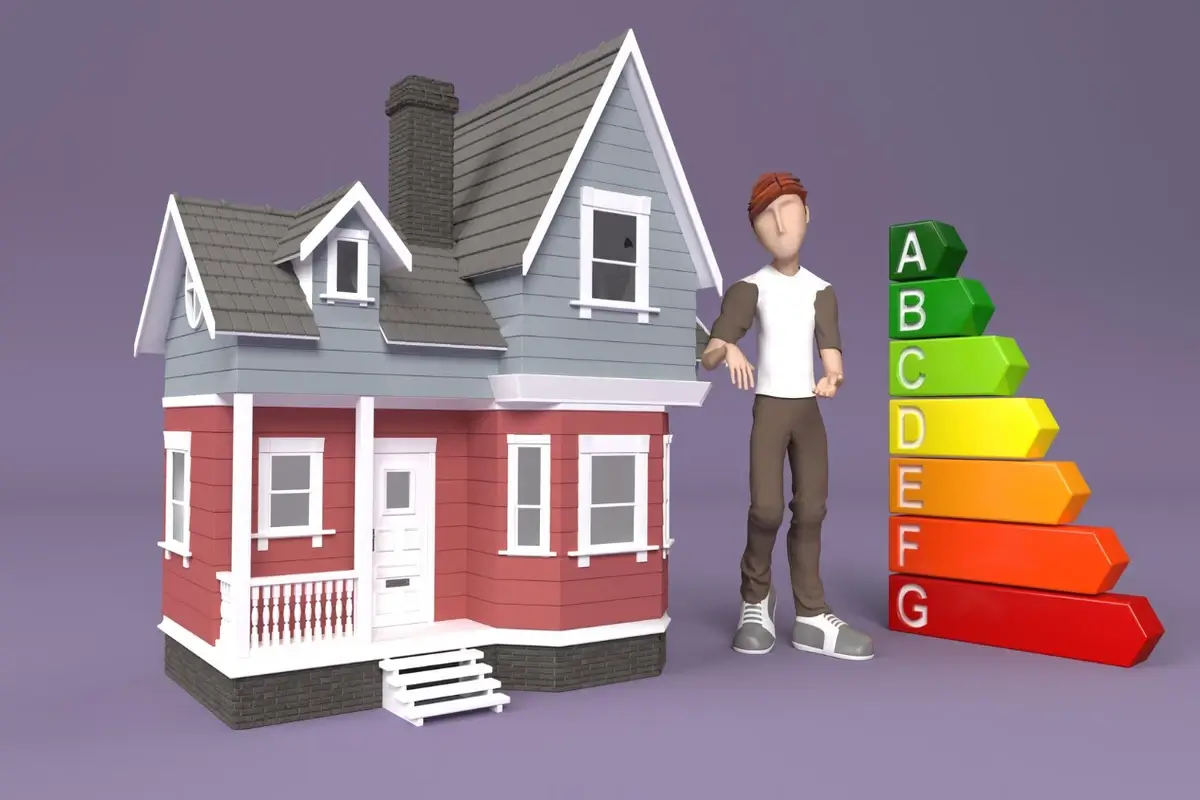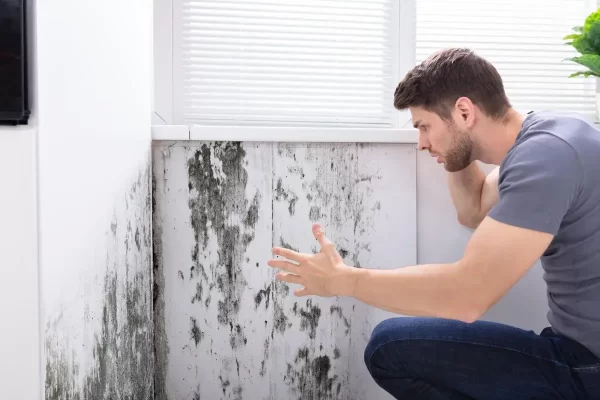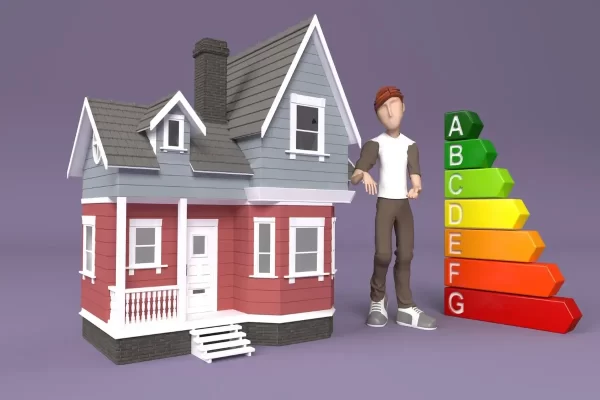Thermal imaging inspection is a valuable tool that goes beyond the visual assessment. This technique can help with issues not visible to the naked eye.
Thermal imaging can be useful in detecting electrical issues, water leaks, and insulation problems. Even though it seems too efficient, it cannot replace a regular home inspection. However, thermal imaging in a home inspection can be a win-win for all parties involved.
In this blog, we will talk about thermal imaging home inspection and its pros and cons.
What Is Thermal Imaging?
Thermal imaging is a specialized inspection process. It uses advanced thermal imaging technology to identify temperature variations and anomalies within residential property.
When using thermal imaging in home inspection, an inspector scans various property components with a thermal camera. They will look at the components like:
- Walls
- Ceilings
- Floors
- Electrical systems
- Plumbing
- Insulation
The captured images will reveal temperature variations that might not be visible initially.
Advantages of Thermal Imaging
Home inspection thermal imaging has emerged as a valuable tool for certified inspectors. This remarkable technology makes the inspection process seamless, accurate, and reliable. Below are some significant advantages that thermal imaging offers during home inspections.
Detecting Hidden Issues
Home inspections are all about detecting hidden issues. Thermal imaging makes it easier and enhanced. It is a technology that reaches beyond the reach of inspectors. This results in more accurate and reliable inspection results.
Energy Efficiency
Home inspectors can use thermal imaging to identify areas of energy loss. This can help homeowners improve energy efficiency.
With the known insulation gaps and air leaks, homeowners can make their work on their house’s energy efficiency.
Safety
With thermal imaging in the inspection process, identifying safety hazards is easier. Inspectors can identify overheating components, electrical issues, and other threats quickly. This further allows them for timely adjustments or repairs.
Pest Infestations
Thermal imaging can also help in detecting the presence of pests. They can identify the heat signatures of rodents, which lets the inspector identify those without any hurdles.
Non-Invasive Inspection
Thermal imaging is a non-invasive method to detect your house. Unlike the traditional inspection, this doesn’t require invasive procedures like drilling holes or removing walls to access hidden areas.
This makes it a valuable tool for homeowners and buyers. They won’t require any additional unnecessary repairs or disruptions post-inspection with thermal imaging in place.
Efficient and Time-Saving
Thermal imaging can significantly expedite the inspection process. Inspectors can cover more ground quickly and also identify issues efficiently.
This saves time and allows for a more thorough assessment of the property. So, thermal imaging ensures an in-depth examination of your property in less time.
Evidence-Based Decision Making
Thermal images provide tangible evidence of the issues detected during an inspection. These images can be shared with homeowners, buyers, or contractors. This makes it easier to communicate the need for repairs or improvements. Furthermore, it facilitates informed decision-making, ensuring that necessary actions are taken promptly.
Preventative Maintenance
Thermal imaging is not only helpful in identifying existing problems. But you can also use it for preventative maintenance.
Regularly inspecting a property with thermal imaging, homeowners can proactively address issues before they escalate into major, costly repairs. This can extend the life of a home’s components and reduce long-term maintenance expenses.
High Resolution and Precision
Modern thermal cameras offer high-resolution images. These cameras also offer precise temperature measurement capabilities.
This means that inspectors won’t even overlook minor issues.
Disadvantages of Thermal Imaging
The advantages of thermal imaging home inspection have offered a big deal. But it also has its fair share of limitations and disadvantages.
Below, we highlight some of the major disadvantages you should consider when making informed decisions regarding your home inspection.
Cost and Investment
One of the primary disadvantages of incorporating thermal imaging into home inspections is the substantial initial cost.
High-quality thermal cameras and related equipment can be expensive. This can serve as a barrier for home inspectors or small inspection businesses.
Along with equipment costs, certified thermographers must undergo specialized training. They should be trained to operate thermal cameras effectively and accurately interpret thermal images. These training programs come at an additional expense, which can be a deterrent for some professionals.
Environmental Sensitivity
Secondly, thermal imaging is sensitive to external factors. This can affect the reliability and accuracy of results.
Variations in ambient temperature, humidity, and wind can impact the interpretation of thermal images. Most likely, thermal cameras may struggle to provide clear and usable images in extreme weather conditions.
Furthermore, thermal imaging cannot penetrate solid objects. This limits its effectiveness in identifying issues concealed behind walls, ceilings, or other barriers. This can be a significant drawback when dealing with issues located in hidden or inaccessible spaces.
Resolution and Detail
Modern thermal cameras offer increasingly higher resolutions. Still, they may not match the level of detail standard visual cameras provide. This limitation can impede the identification of more minor issues or subtle temperature variations. This is especially the case in complex or densely populated areas.
Limited Range and Focus
The range of thermal imaging cameras is not limitless. Objects that are too far away may not produce clear or detailed images. This limitation can affect applications that require long-range detection. These applications can be surveillance or search and rescue.
But.. Is It Worth it for a Home Inspection?
Well, the question still stands. Is thermal imaging inspection worth the investment? With the advantages and disadvantages in place, we can tell that thermal imaging is a valuable and powerful tool for inspectors.
It excels in uncovering hidden issues, enhancing safety, and improving energy efficiency. But, of course, there are disadvantages too. These range from initial costs to trained expertise. And also environmental limitations.
So, to decide whether it is worth it, you shall first analyze your needs and property conditions. You may also analyze the expertise of the inspector you intend to hire. An experienced inspector will use thermal imaging besides oher inspection methods. This will indeed ensure you get a more comprehensive understanding of a property’s condition. And, eventually, this offers you peace of mind.
Discover Total House Inspection for a Comprehensive Assessment of Your Property’s Health and Safety. Contact Us Today to Ensure Your Property Lies in Safe Hands.
